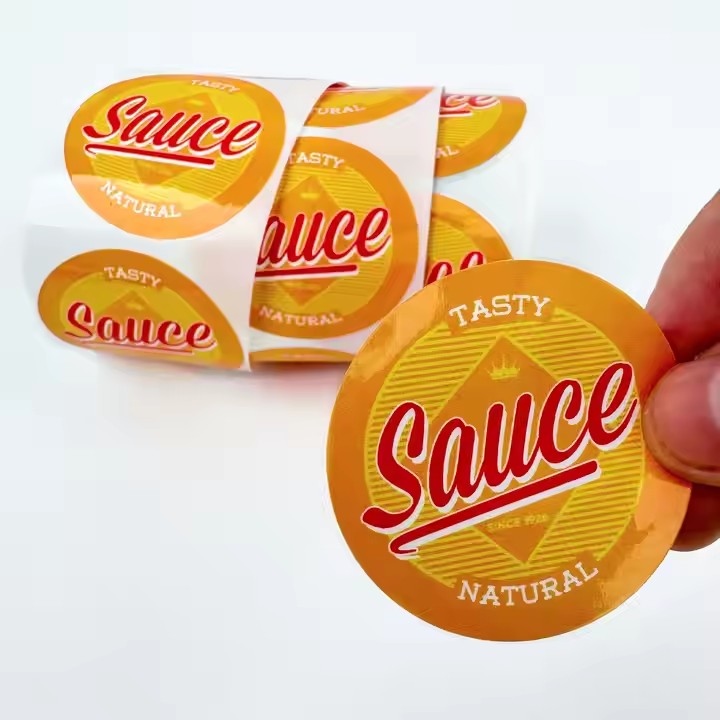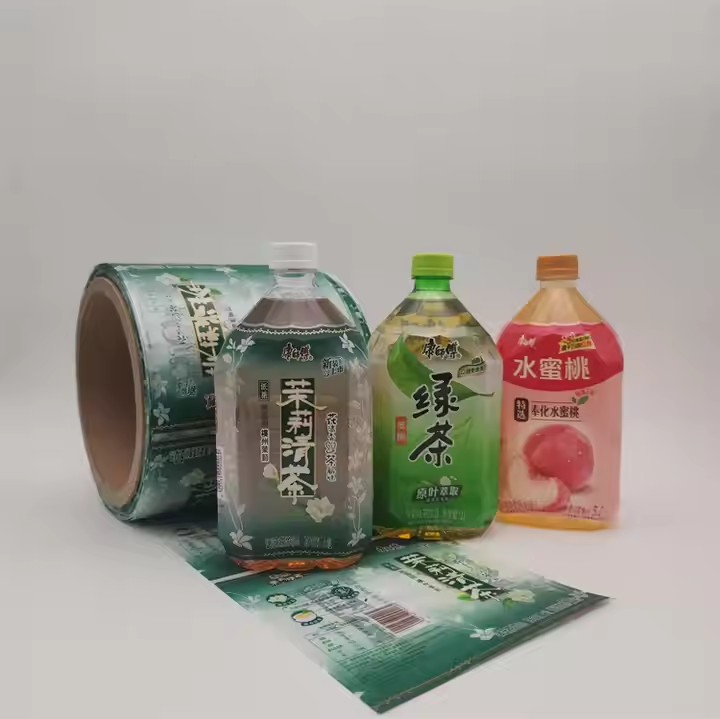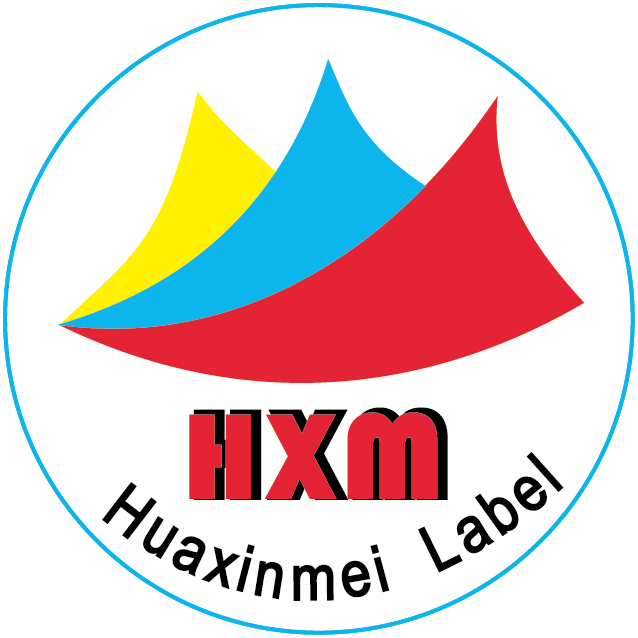Establish Standard Operating Procedures
Clarify the label production process: Specify in detail the operational steps and requirements for each stage from label design, layout, content review, proofing, printing to the final product inspection. For example, during the design stage, determine the basic parameters such as the label size, color mode (like CMYK), font type and font size of the text. When laying out, stipulate the positions and spacing of each information section (such as the food name, ingredient list, nutrition facts panel, etc.).
From the production to the release of labels, establish clear work processes in the factory, determine production norms, and mark out the precautions during the production process. Cooperate with factory workers to carry out production as soon as possible. Implement specific work items for employees. Implement a reward and punishment mechanism for employees, because rewards and punishments will encourage employees to work harder and achieve the annual goals.
Set quality standards: Regarding the quality setting of labels, operate according to the requirements of customers. Check the quality of the production paper and strictly follow the standards to produce labels that meet the customers’ requirements. During the label production process, check for errors in paper printing. If poor printing quality is found, stop the machine production in time and remove the unqualified labels to ensure that the quality remains consistent.

Control of Raw Materials
Selection of paper and ink: When choosing paper and ink, compare as many suppliers as possible. Since the inks and papers from different manufacturers are different, pay attention to cost performance when making a choice. Try to choose paper and ink that are of good quality and relatively inexpensive.
For the use of paper and ink, recommend different inks to users according to different products. Different manufacturers sell inks at different prices, so it is necessary to identify and confirm different inks. Also, when mixing the colors of labels, strictly follow the standards for production.
Inspection of raw materials: Inspect each batch of paper and ink. Test the physical properties of paper, such as detecting the strength of paper through tensile tests and measuring the glossiness with a gloss meter. For ink, conduct color matching tests, compare with the standard color card, and at the same time check the drying speed, adhesion and other properties of the ink.
Testing the raw materials is to ensure that the produced labels can meet the customers’ requirements. The production of paper can only proceed after passing the tests. Otherwise, it is easy to have substandard printing quality during the production process, resulting in many defective products and waste of produced paper.

Control of the Printing Process
Calibration and maintenance of equipment: Regularly calibrate and maintain printing equipment (such as printing presses, cutting machines, etc.). Calibrate parameters such as printing pressure, printing speed, and ink supply amount to ensure that the printing effect is consistent each time. For example, use a pressure sensor to monitor the printing pressure and keep it within the set range to prevent uneven printing depth caused by pressure changes. Frequently check the mechanical equipment and maintain it to keep the machines running all year round.
Recording and adjustment of printing parameters: Record the parameters of each printing, including the model of the printing equipment, printing time, printing batch, equipment parameters and other information. During the printing process, operators should adjust the parameters in a timely manner according to the actual situation. For example, if a deviation in printing color is found, correct it by adjusting the ink flow, printing speed, etc.
Personnel Training and Management
Skills training: Conduct professional training for personnel involved in label production (such as designers, printers, inspectors, etc.). Designers should be proficient in label design software and relevant regulatory requirements. Printers should be proficient in the operation and maintenance of printing equipment and be able to accurately adjust printing parameters. Inspectors should be familiar with quality inspection standards and methods.
Cultivation of quality awareness: Through training and publicity, improve employees’ quality awareness. Let employees understand the importance of label quality for the product brand image and consumer safety, and encourage employees to strictly follow the quality control procedures in their work. For example, regularly organize quality meetings and share cases of quality accidents and successful quality control experiences.
Sampling Inspection and Feedback Mechanism
Formulation of sampling plan: Develop a reasonable sampling inspection plan and determine the sampling frequency, quantity and method. For example, sample according to batches and extract a certain proportion (such as 10%) of labels from each batch for inspection. Or sample according to time intervals, and extract a certain number of labels at regular intervals (such as every hour).

Inspection methods and tools: Adopt scientific inspection methods and tools, such as using a magnifying glass to check the printing details of labels, using a color difference meter to measure color differences, and using a barcode scanner to check the readability and accuracy of barcodes. Record the inspection results in detail and promptly feed back quality problems to relevant departments.
Feedback and improvement measures: Establish an effective feedback mechanism to feed back the inspection results to the production department and the quality management department. For quality problems, quickly take improvement measures, such as adjusting printing equipment, replacing raw materials, modifying the design, etc., and conduct re-inspection on the improved products to ensure that the quality problems are completely solved.


